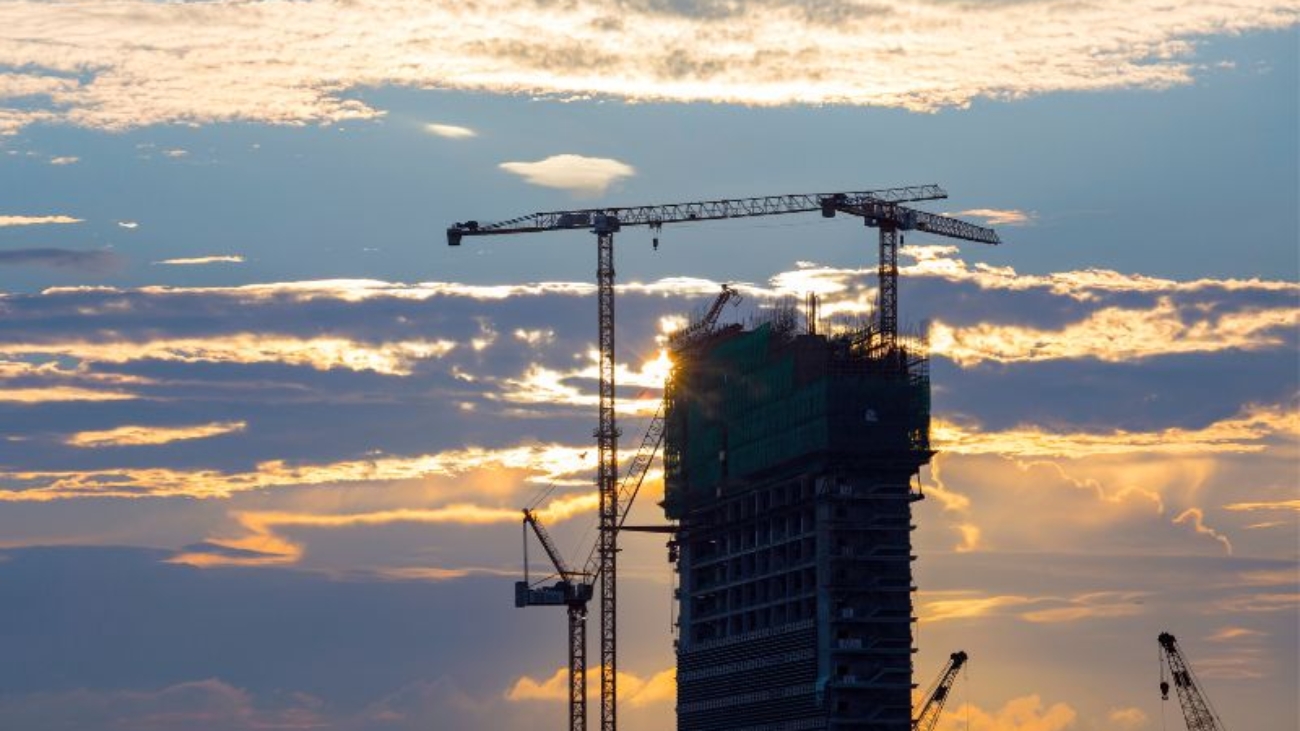In recent years, high-rise construction has become more sophisticated thanks to the advancements in technology. Today, modern construction is not only more efficient but also more cost-effective. Developers and architects are now able to incorporate technology into their projects to create futuristic and sustainable buildings. In this blog, we will explore the role of technology in modern high-rise construction.
Prefabrication and Modular Construction
Prefabrication and modular construction have revolutionized the construction industry. This technology involves the production of components off-site and their assembly on-site. In high-rise construction, it is a more cost-effective and efficient way of building. By creating components off-site, the production process can be better managed, and quality control can be easily monitored. The use of modular construction has also led to a reduction in on-site construction waste.
BIM Technology
Building Information Modelling (BIM) technology is used in high-rise construction to create 3D models of buildings. It is an effective tool for designing complex structures and can simulate the performance of buildings in different conditions. BIM technology also enables architects to identify and resolve potential issues before construction begins. This leads to fewer mistakes, reduced costs, and shorter construction times.
Drones
Drones are an innovative technology that has transformed the way high-rise construction projects are managed. They are used to capture high-resolution images and videos of the construction site, which can be used for surveying, inspection, and quality control. Drones can also be used to monitor construction progress and ensure that projects are completed on time and within budget. The use of drones in construction has increased safety on-site by reducing the need for workers to perform tasks at high elevations.
3D Printing
The use of 3D printing technology has revolutionized the construction industry. It involves the production of components by layering materials on top of each other to create a 3D object. In high-rise construction, 3D printing can be used to create complex structural components, which can be assembled on-site. This technology reduces the time required for construction and leads to cost savings. The use of 3D printing technology has also led to a reduction in on-site construction waste.
Smart Building Technology
Smart building technology is an innovative way of integrating technology into high-rise construction. This technology involves the installation of sensors, cameras, and other devices that can monitor and control various building systems. This includes heating, ventilation, and air conditioning systems, lighting, and security systems. Smart building technology leads to energy efficiency, reduced operating costs, and increased comfort for building occupants.
Virtual Reality and Augmented Reality
Virtual reality and augmented reality are innovative technologies that have transformed the way architects design high-rise buildings. These technologies allow architects to create virtual models of buildings, which can be explored in detail. This technology enables architects to simulate the performance of buildings in different conditions and make adjustments before construction begins. Virtual reality and augmented reality also enable clients to visualize the final product before construction begins, which leads to better communication and a greater understanding of the project.
Conclusion
In conclusion, technology has played a significant role in modern high-rise construction. From prefabrication and modular construction to smart building technology, drones, 3D printing, and virtual reality, technology has revolutionized the way high-rise buildings are designed, constructed, and managed. With the continued advancements in technology, it is expected that the construction industry will continue to evolve, leading to more efficient, cost-effective, and sustainable high-rise buildings.

